by Louise Irvine
Our Innovations gallery has a new exhibit of Royal Doulton’s Chang ware and returning visitors are all fired up by this dramatic glaze effect, which is reminiscent of an erupting volcano. The thickly textured crackle glazes were developed by Charles J. Noke as part of his experimentation into Chinese flambé glazes during the 1920s.
The name Chang was chosen by Noke in tribute to a Chinese Sung Dynasty potter called Chang the Elder. Maybe he was the inspiration for Noke’s unusual Chang lamp, incorporating a potter at work. Connoisseurs in Noke’s era credited Chang as the maker of pots with a deliberate crackle effect in the glaze. It was known as Ko Yoa ware, meaning elder brother, but modern scholars are divided on their attribution to Chang. Nevertheless, 1920s reviews of Royal Doulton’s Chang Ware praise Noke’s emulation of this ancient Chinese master’s work even though they bear little resemblance to Oriental precedents apart from the crackle.
Charles Noke spent more than 20 years experimenting to recreate the capricious transmutation glaze effects of the Chinese potters. No instruction manuals were available to the European potters in the early 1900s and their successes were a result of continual trial and error. They discovered that the glorious rouge flambé glaze is achieved with copper oxides which turn red when the kiln is deprived of oxygen. However, the Doulton chemists needed to gain control of the kiln and determine when to reduce the oxygen levels and by how much. In the early years, camp beds were set up in the studio so that they could stay day and night when a firing was going on. Doulton’s successful recipes and calculations were closely guarded from competitors, with cloak and dagger secrecy, for over a century.
Around 1920, Noke launched his Sung wares, combining exotic painted decoration with copper-red glazes and flashes of purple, green, and yellow. These myriad colors were achieved by varying the kiln firing from an “oxidising” to a “reducing” atmosphere. Noke followed this success in 1925 with the tactile Chang glazes, which were added layer upon layer to the surface of the piece and finished off with a white crackle glaze. Initially, a coarse refractory body was developed for this new reduction fired glaze, but it was discontinued by 1935 and a bone china body was used instead. Production of Chang ware was always limited and continued until around 1950.
As can be seen at WMODA, Noke’s marble-like crackle glazes creep like lava over the surface of the vases and bowls, which are sometimes hand-painted with foliate designs by Harry Nixon. Sculptural pieces, modeled by Charles Noke, feature fearsome dragons or scaly reptiles, which were considered particularly suitable for the Chang treatment. One of the most magnificent pieces in the Fantastique exhibition was originally in Royal Doulton’s collection and depicts a Chinese dragon guarding its cave with stalactites hanging from the roof. The Polar Bear and Cub at WMODA is a strange choice for Sung and Chang glazes, given the animal’s snow-white fur, but it is an impressive sculpture.
Arthur Wiener is very proud of the largest Chang vase in the WMODA collection which stands 24 inches tall. Many of the Chang vases and bowls were derived from ancient Chinese forms and they were often sold with carved hardwood stands in Chinese style. The promotional Chang catalog cover depicts a medieval alchemist to emphasize the chemical wizardry of Noke and his team. Other Royal Doulton marketing materials incorporated exotic motifs and the Chang ware mark was inspired by a Chinese style script.
In the 1980s, Chang was considered the rarest of Doulton’s flambé glazes and pieces were considered so unique and valuable that collectors reckoned on spending at least £100 an inch for a piece. During their revival of flambé glazes in the late 1990s. Royal Doulton experimented once again with Chang type glazes for their Burslem Artwares collection. Several limited-edition bowls and vases were produced with evocative names, such as Wenzou, Fanling, Chengdu and Lantao. WMODA has a collection of these revival wares, including several unique prototypes. The most dramatic flambé prototypes in the WMODA collection depict the four elements, Earth, Wind, Fire and Water, which were modeled by Timothy Potts in 2000. The unique pieces were decorated with a combination of Sung and Chang glazes.
Read more about Royal Doulton’s sensational Sung and Chang glazes
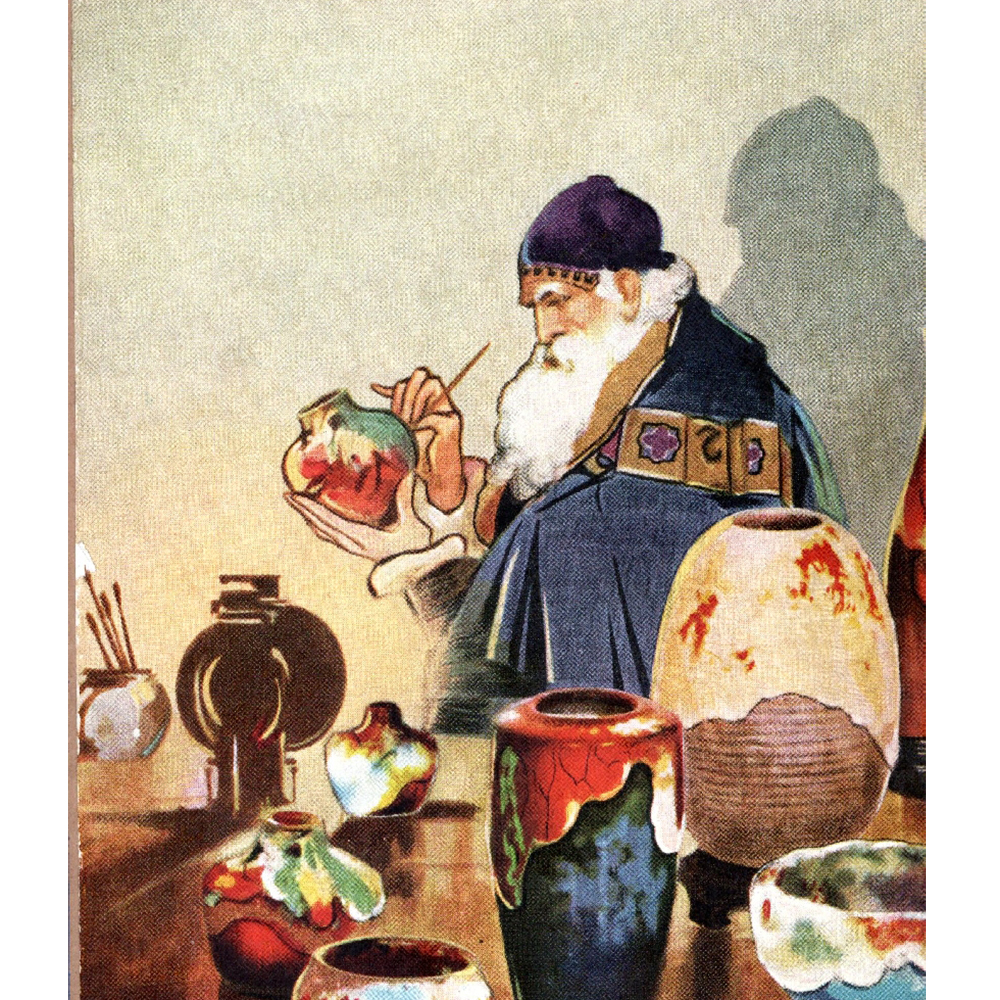
Chang Ware Catalog Detail

Royal Doulton Chang Lamp
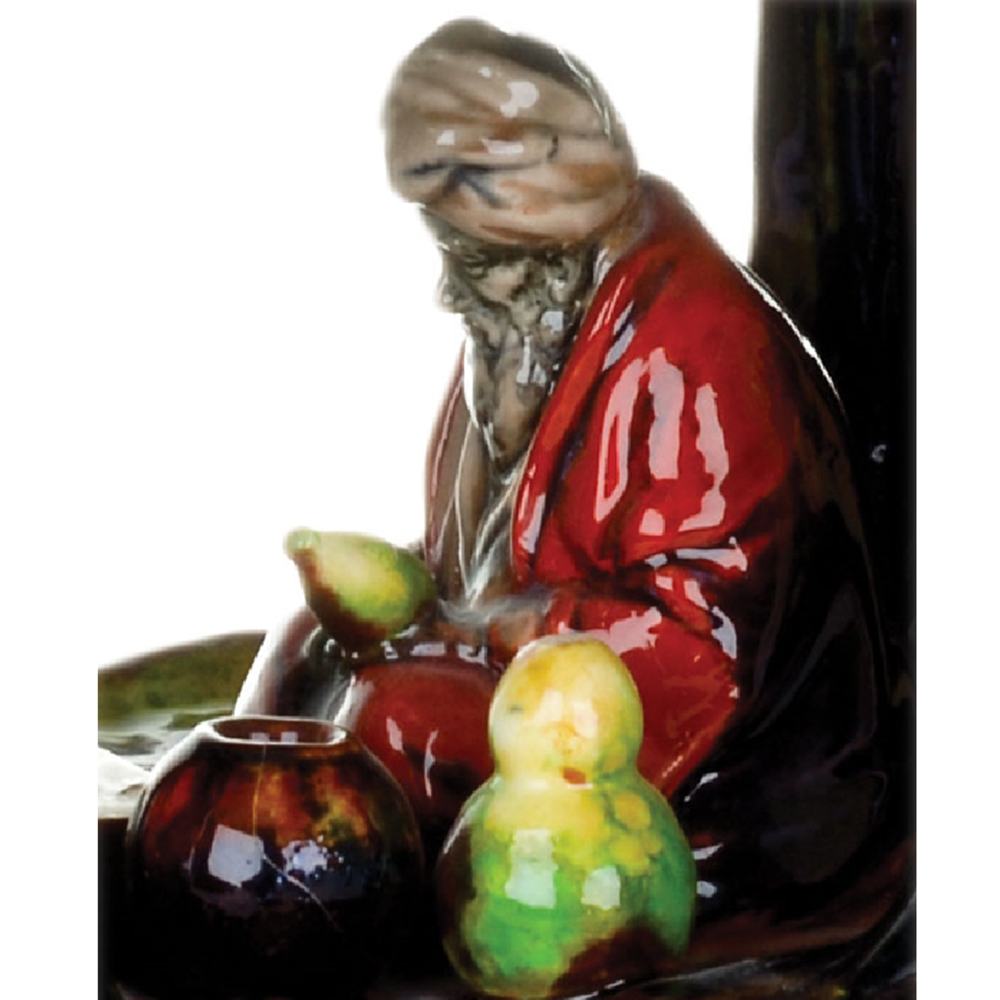
Chang Lamp detail

Sung Potters by G. Nicoll
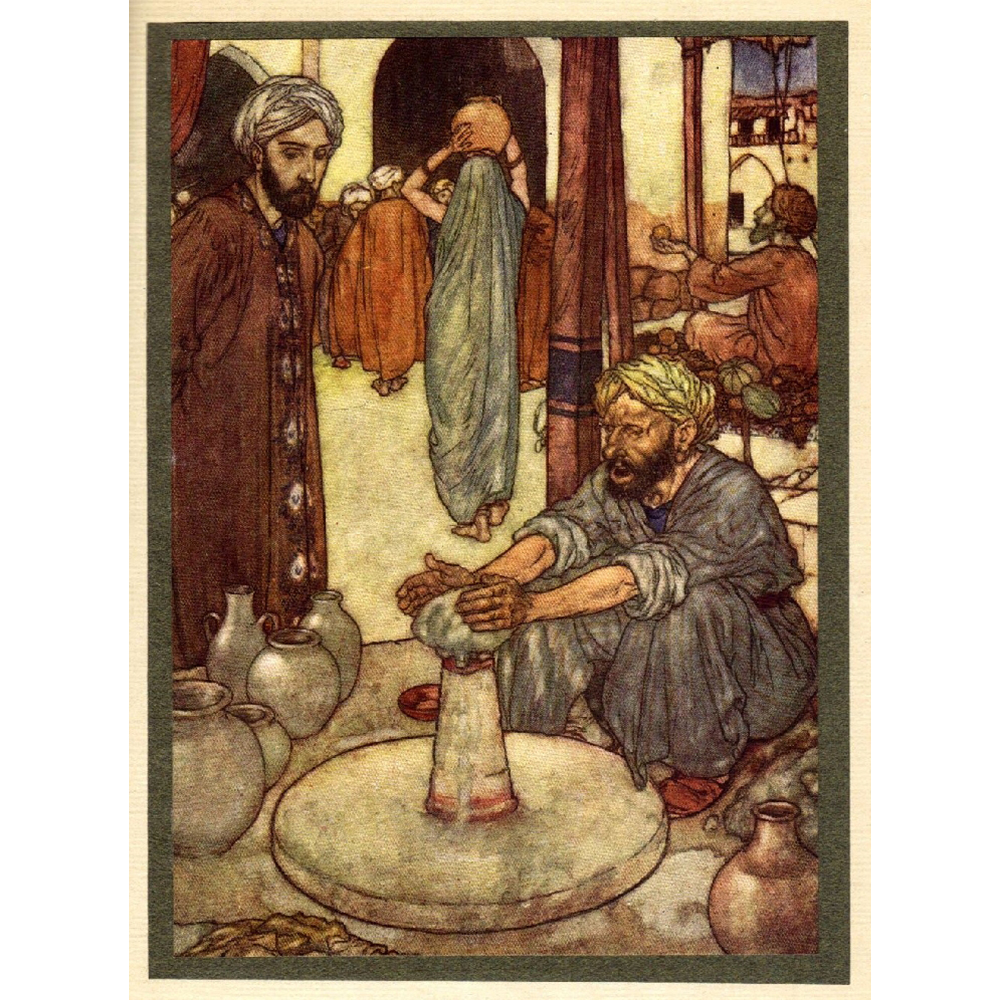
Potter by R. Dulac

Old Matt stoking kiln by H. Nixon
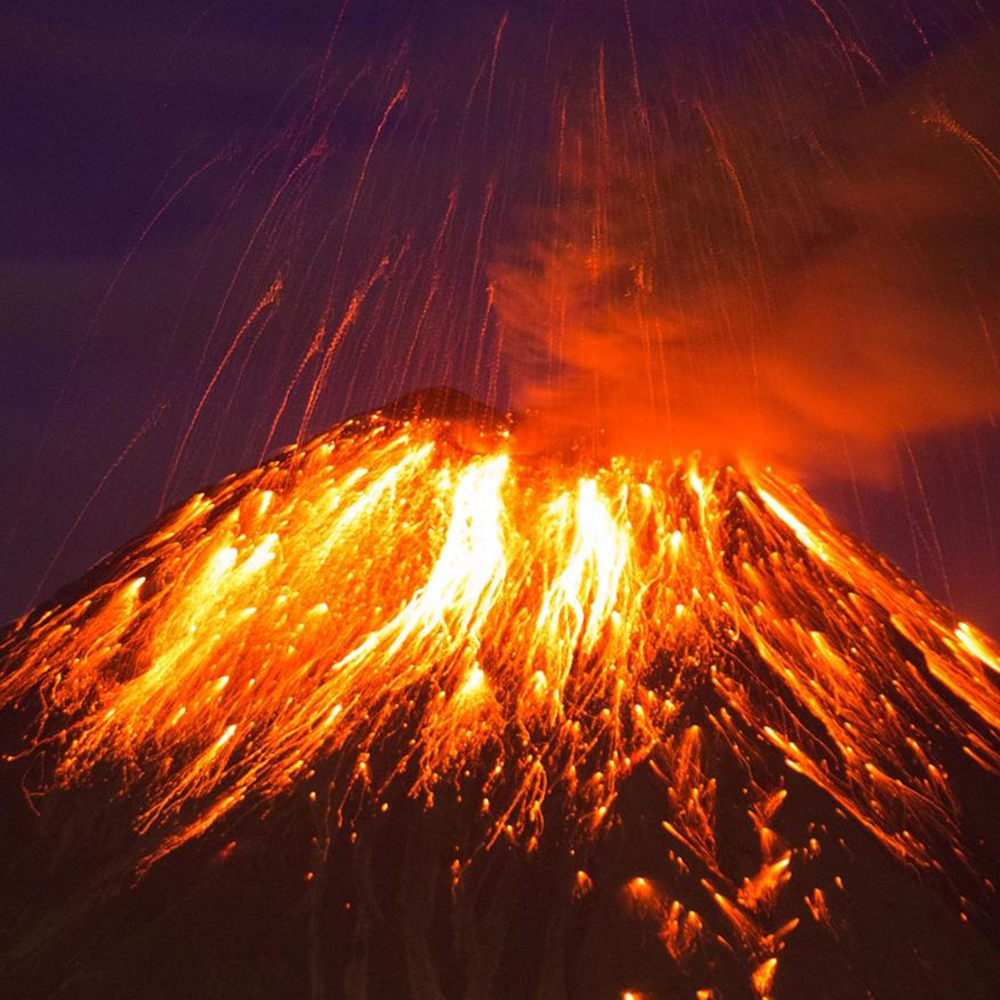
Volcano

Chinese Ko Yoa Vase from the Sung Dynasty

Chinese Flambe Vase from the Qing Dynasty

Charles Noke
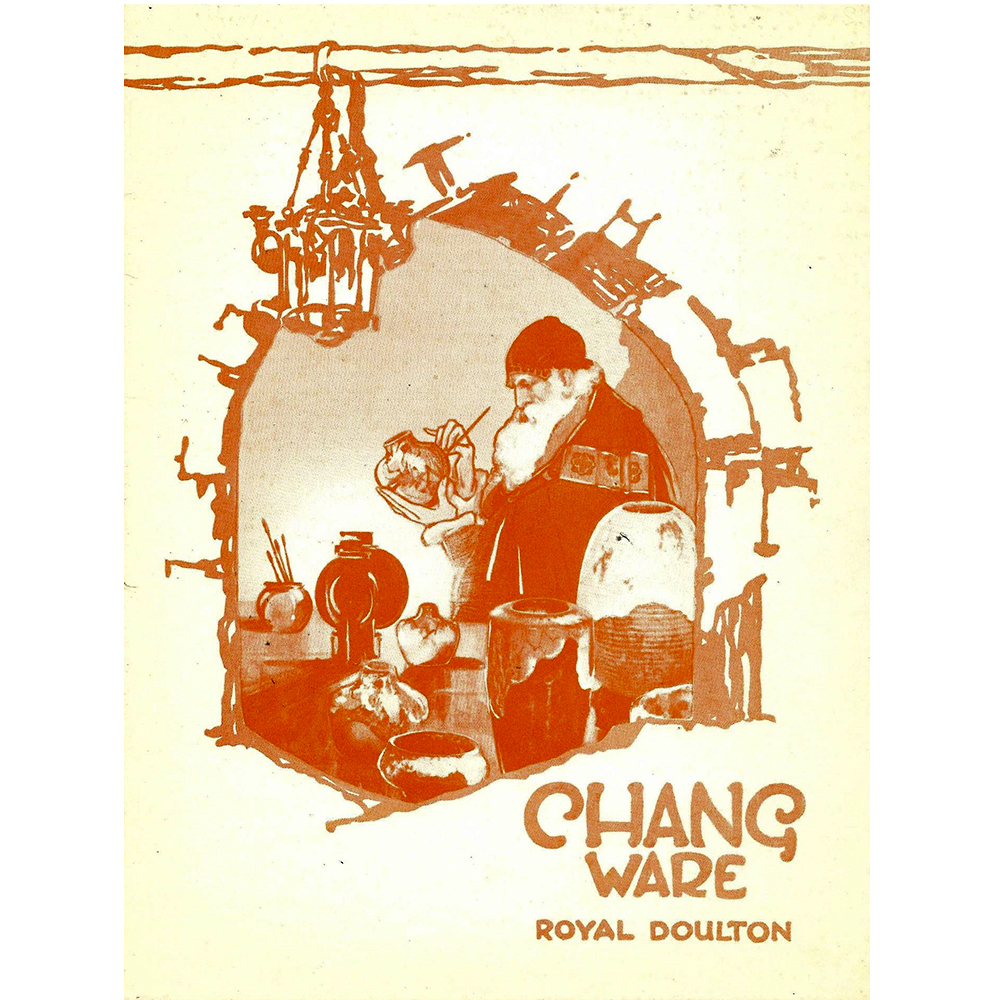
Royal Doulton Chang Booklet
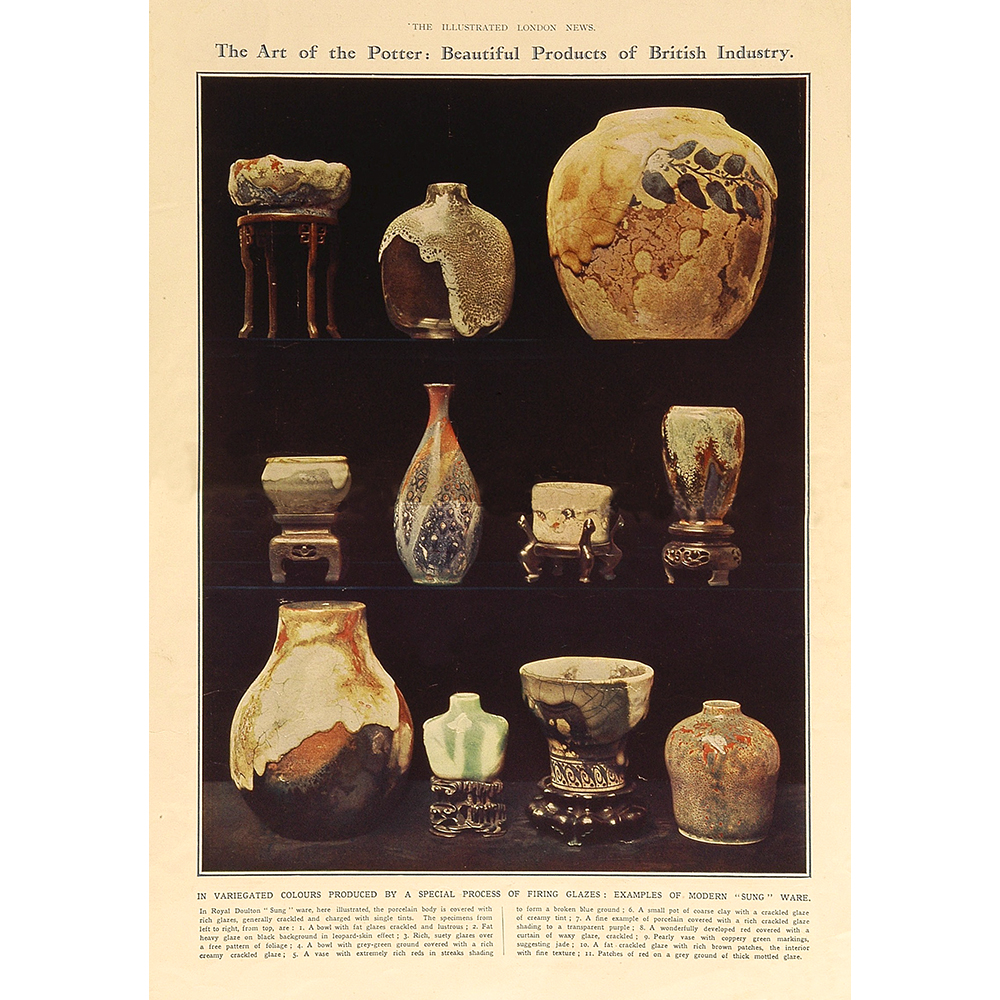
Royal Doulton Chang Ware in the Illustrated London News
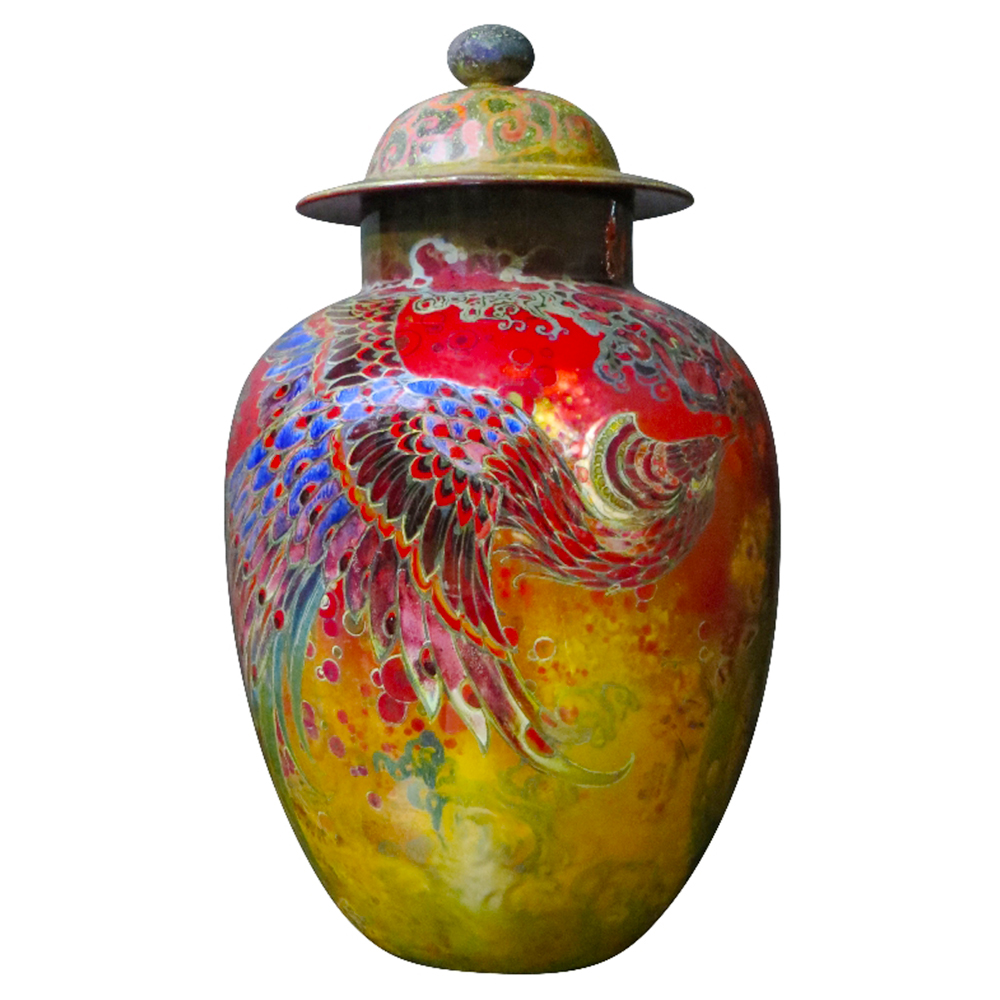
Royal Doulton Sung Flying Peacock Jar

Fred Moore painting a Sung vase
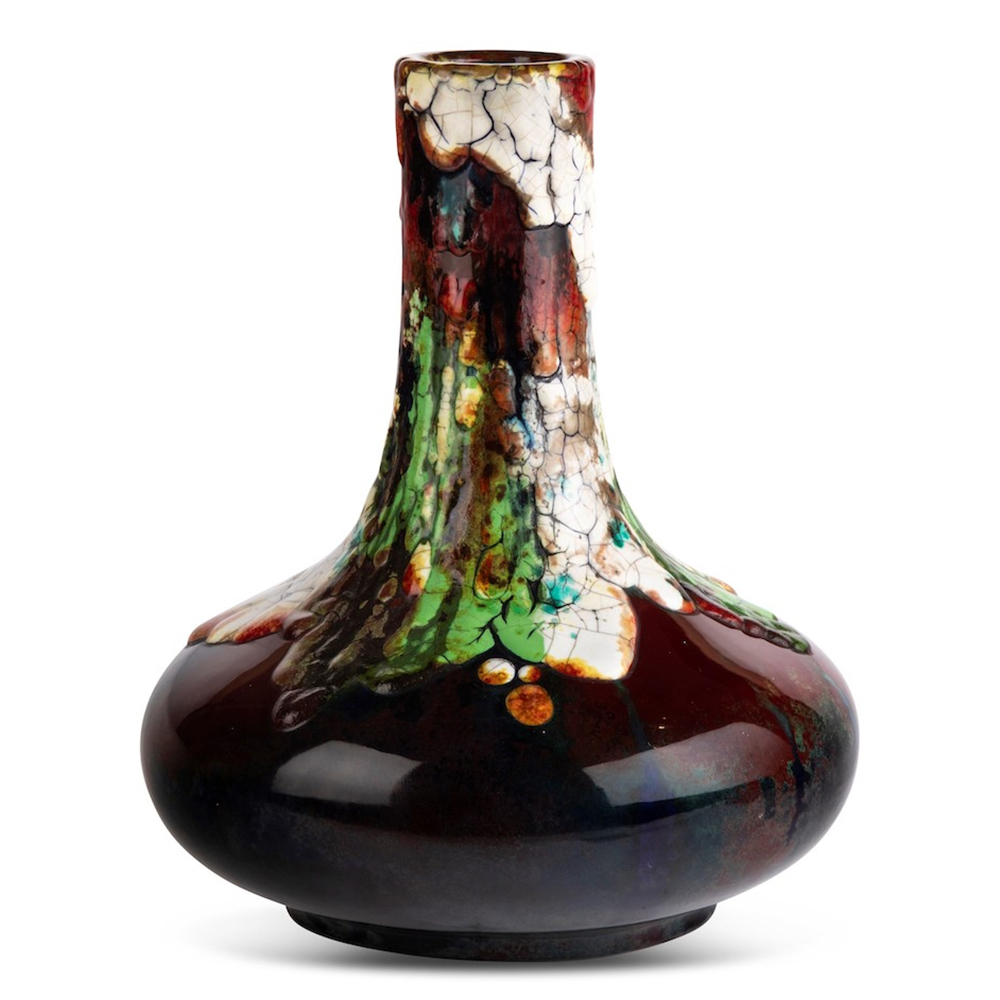
Royal Doulton Chang Vase

Royal Doulton Chang Vase

Royal Doulton Chang Lotus & Lilypads by H. Nixon

Royal Doulton Chang Tree by H. Nixon
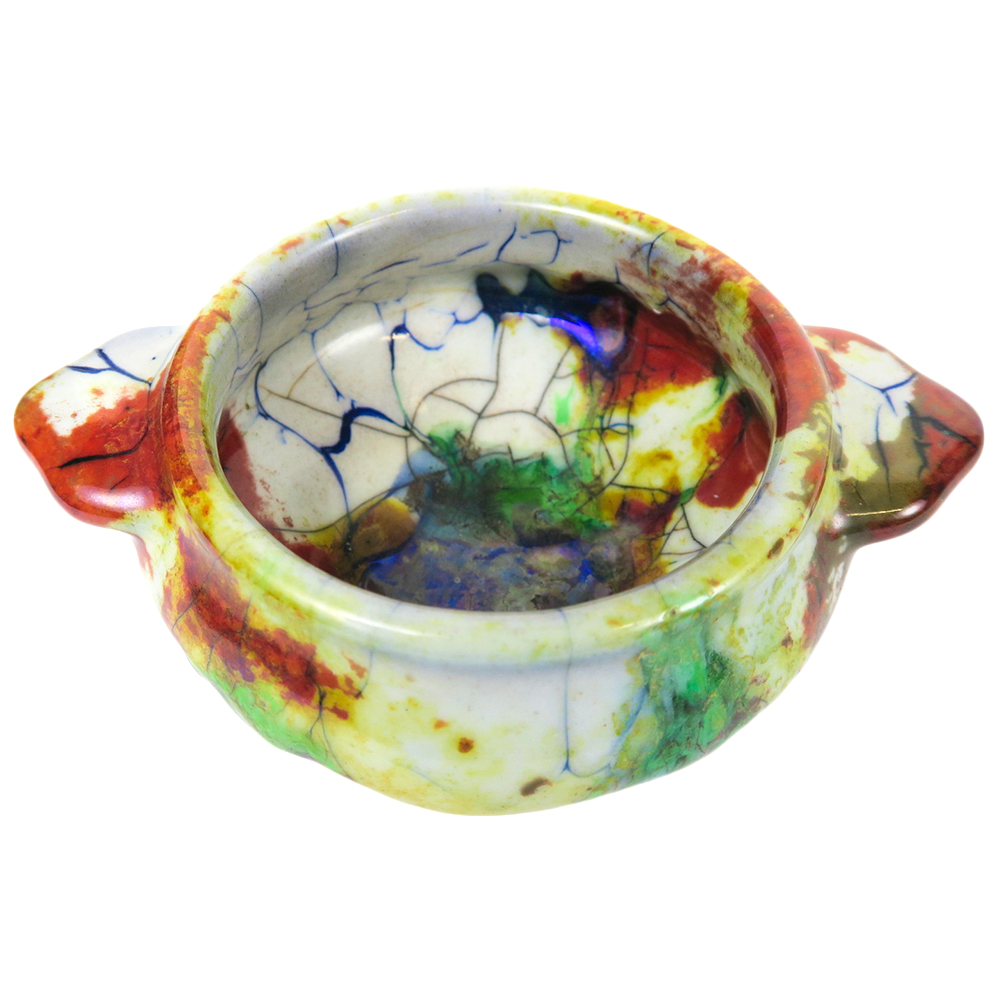
Royal Doulton Chang Bowl
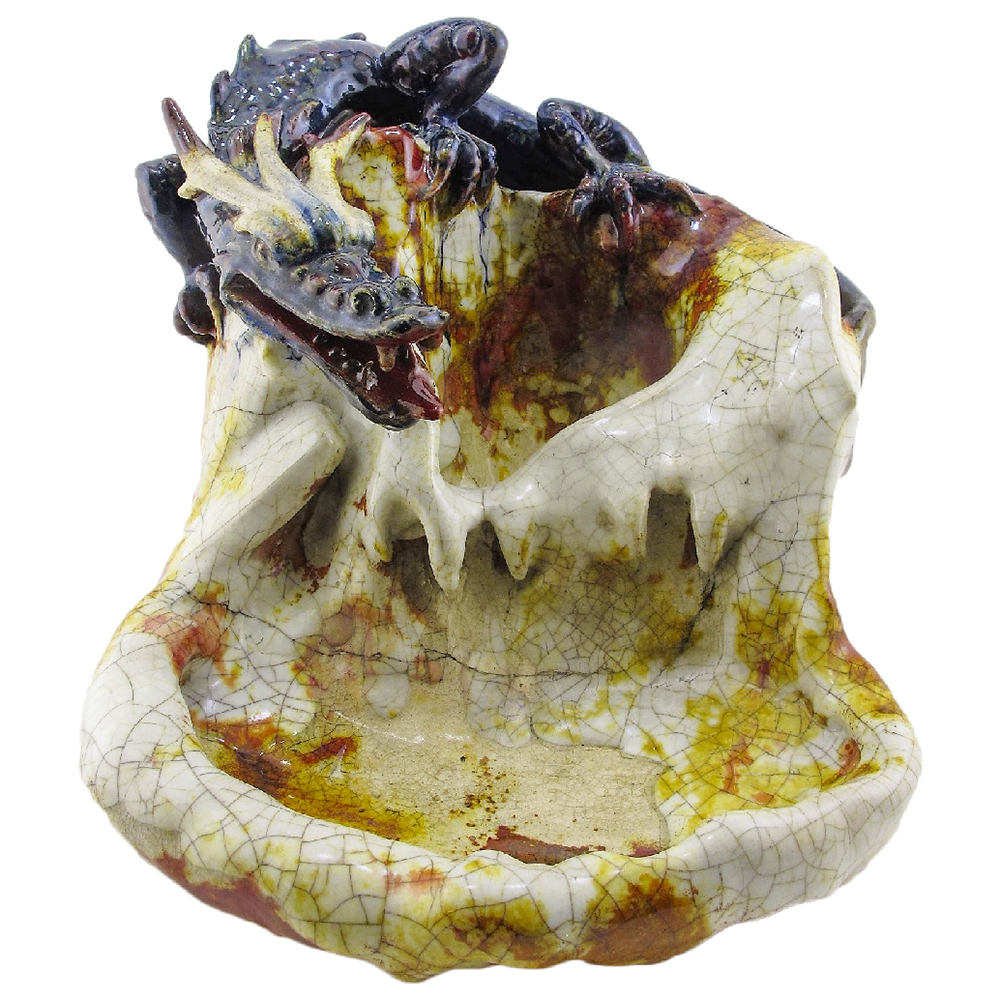
Royal Doulton Chang Dragon by C.J. Noke

Royal Doulton Chang Dragon Vase by C.J. Noke

Royal Doulton Sung and Chang Polar Bear by C.J. Noke
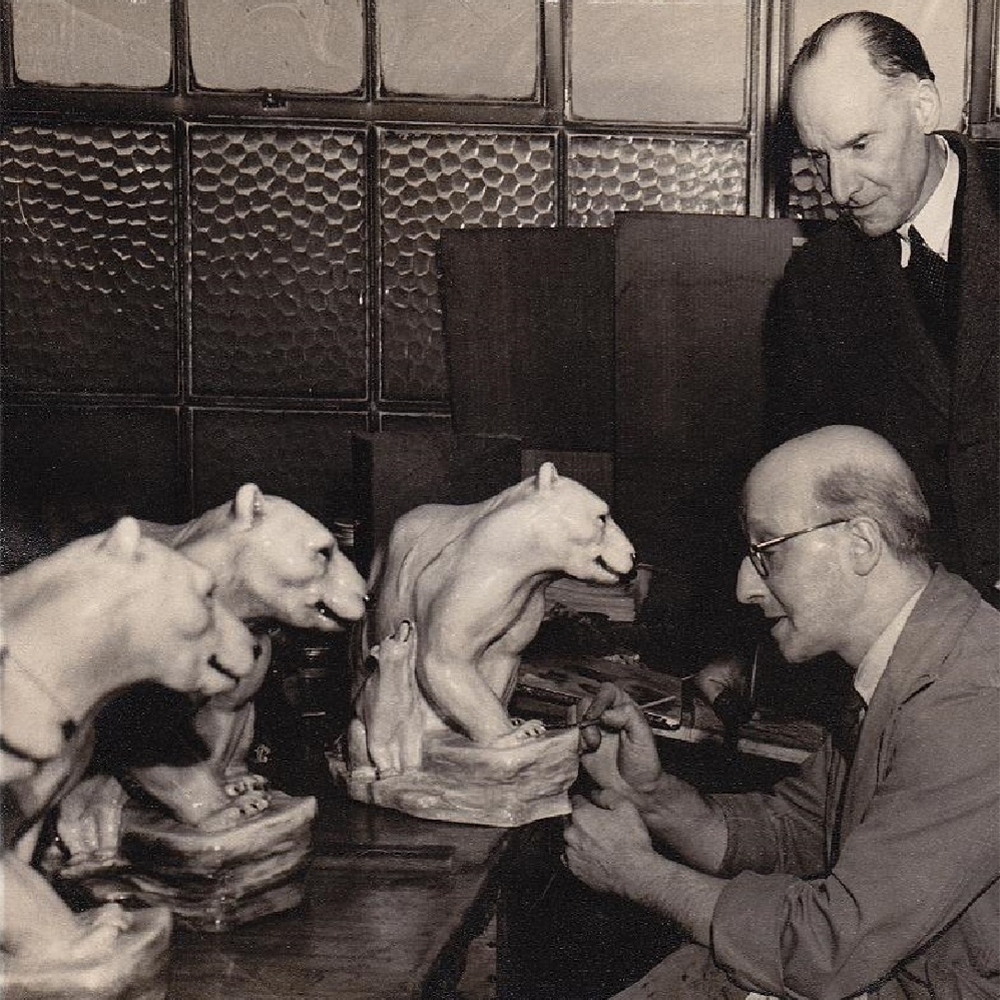
Royal Doulton Artist Eric Webster
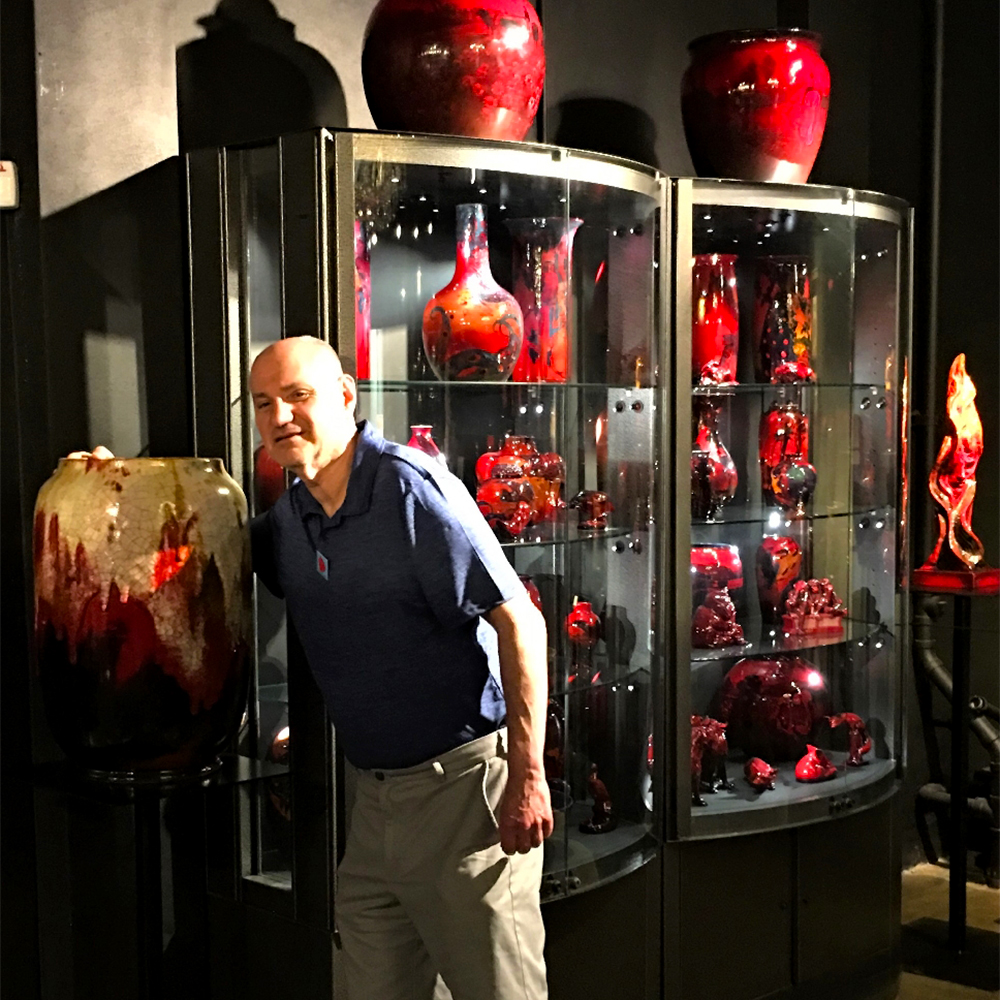
Arthur Wiener with the largest Chang vase at WMODA
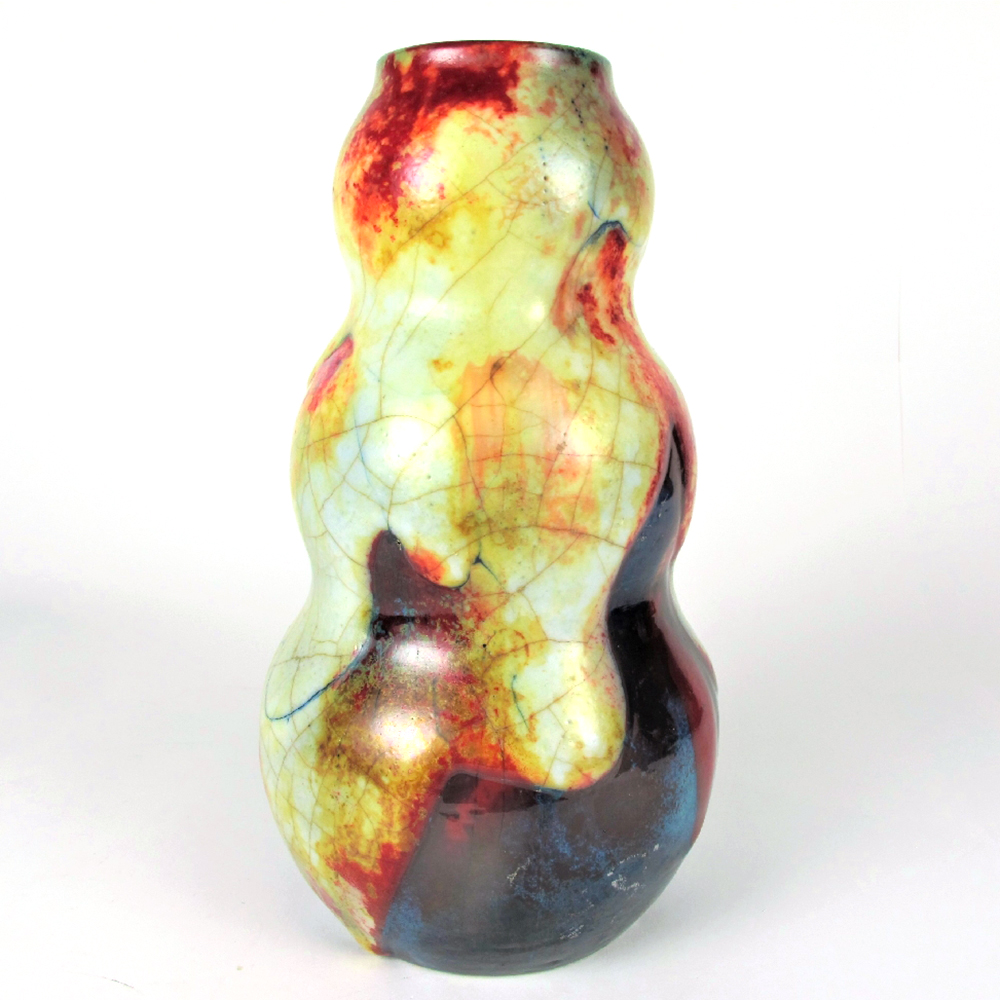
Royal Doulton Chang Vase
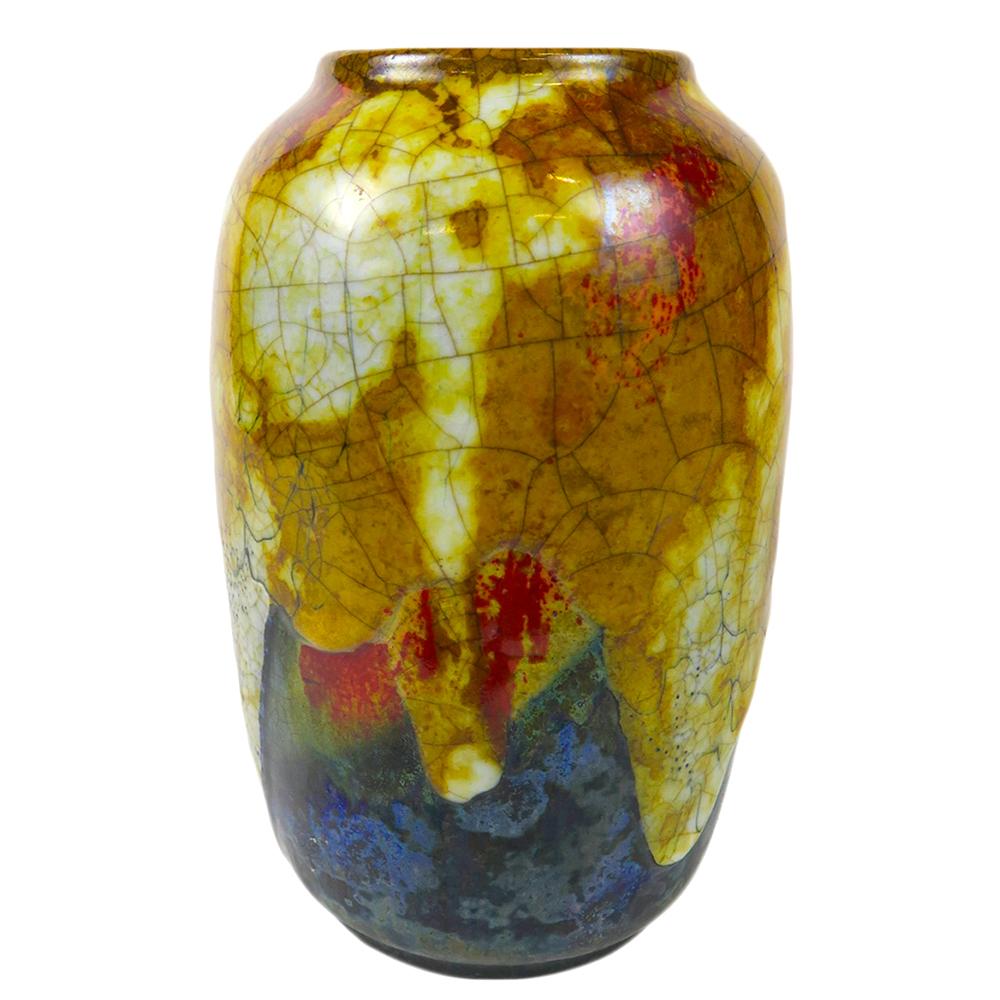
Royal Doulton Chang Vase
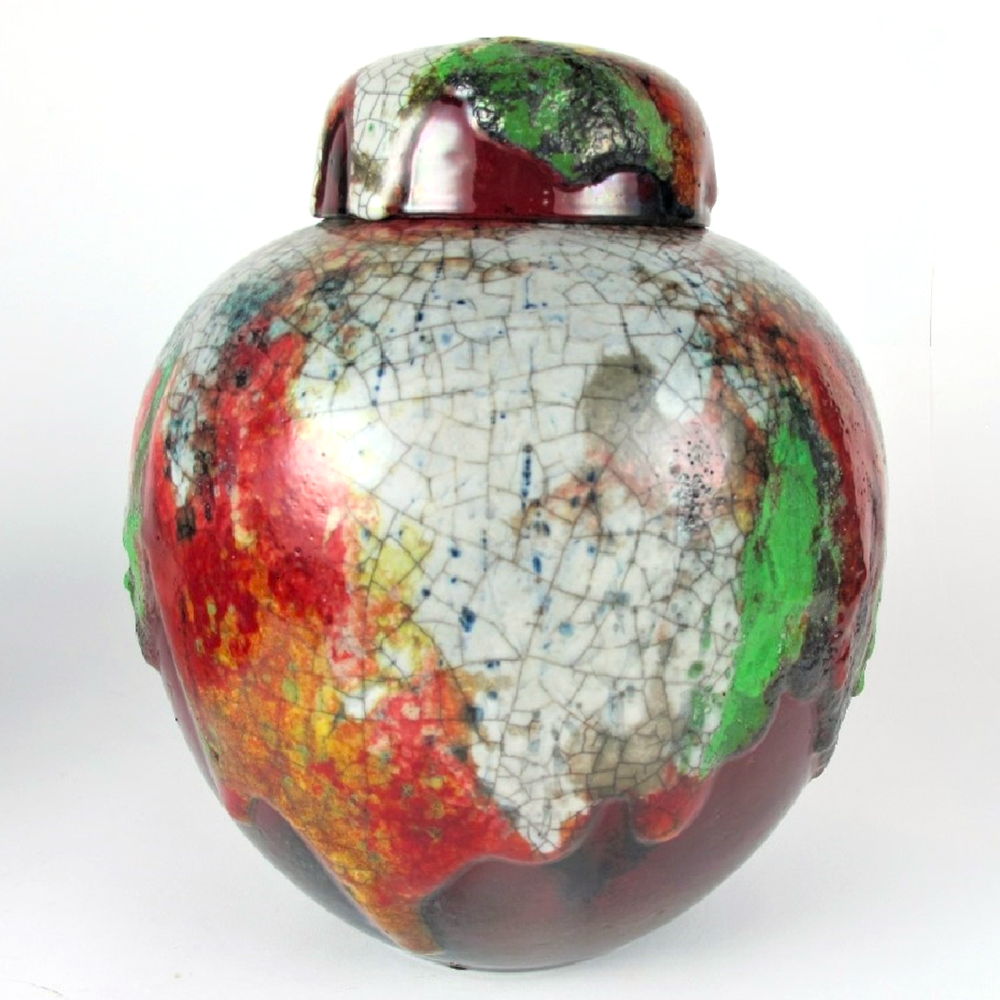
Royal Doulton Chang Covered Jar

Royal Doulton Chang Vase
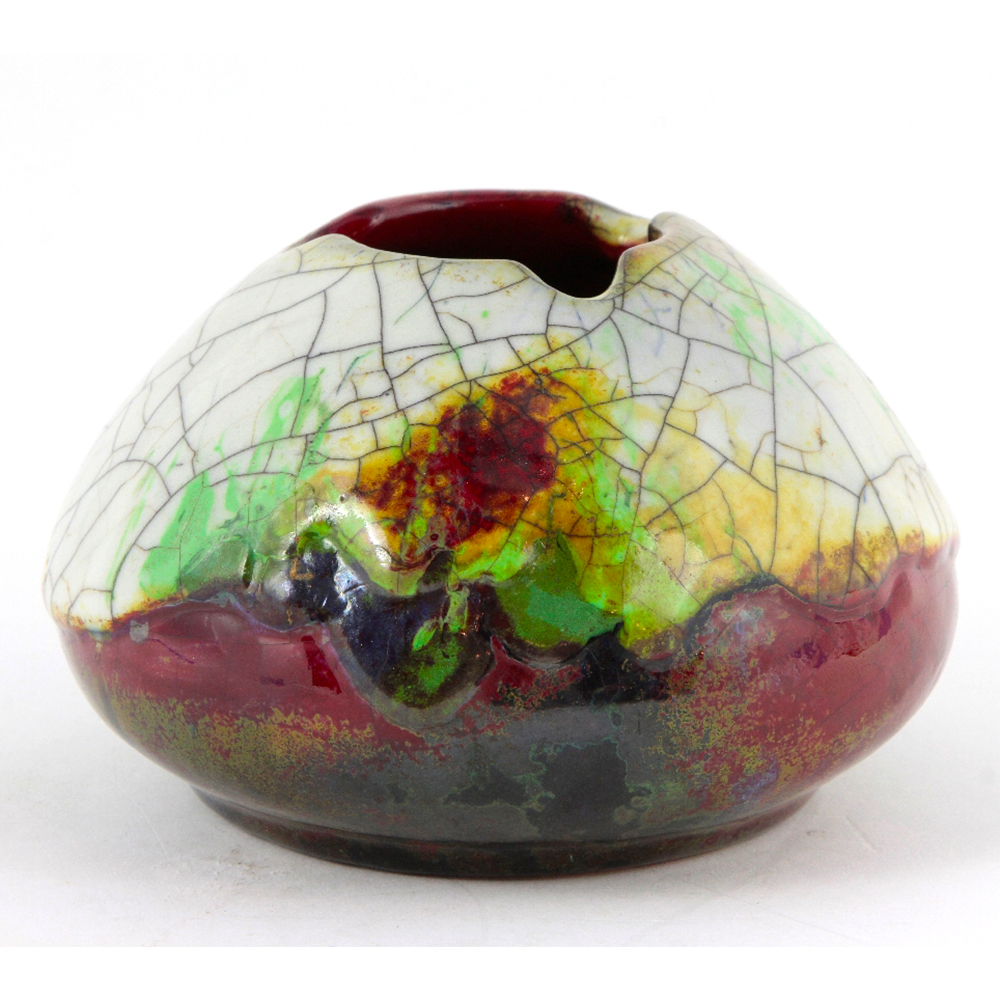
Royal Doulton Chang Vase
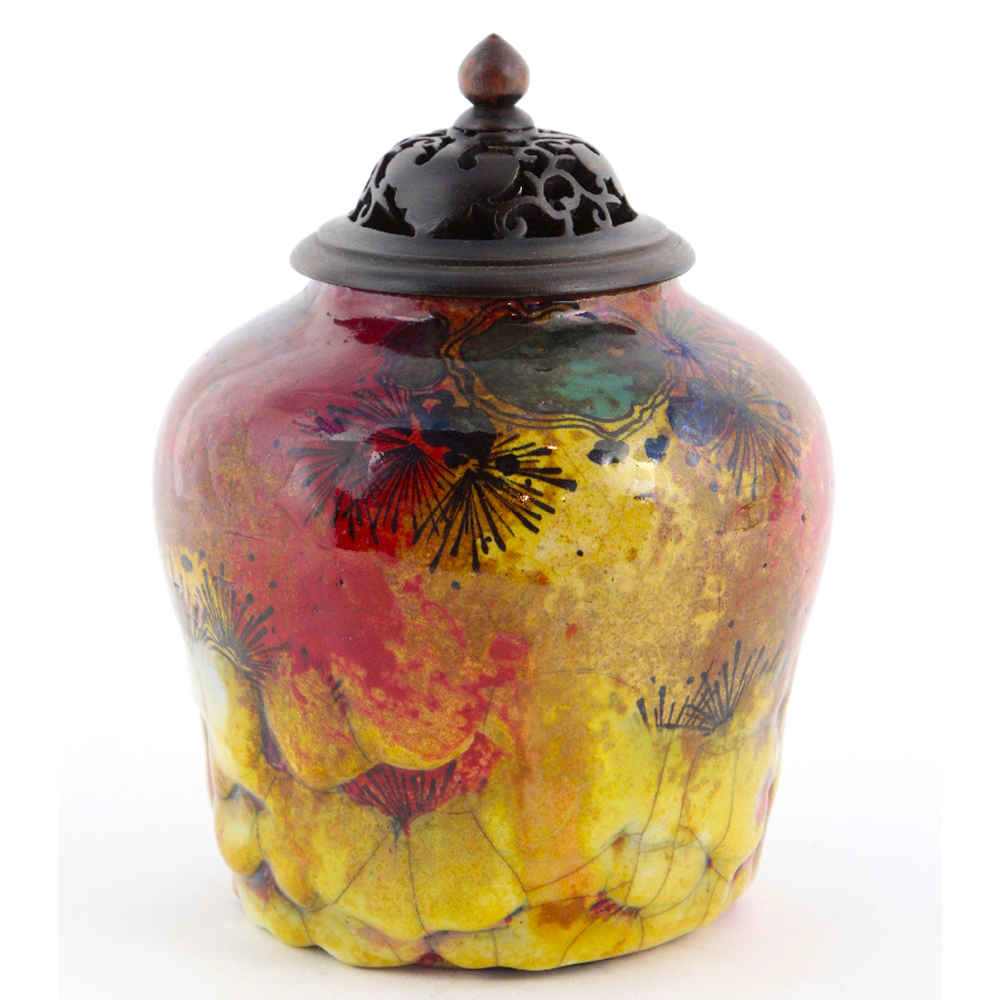
Royal Doulton Chang Vase by H. Nixon
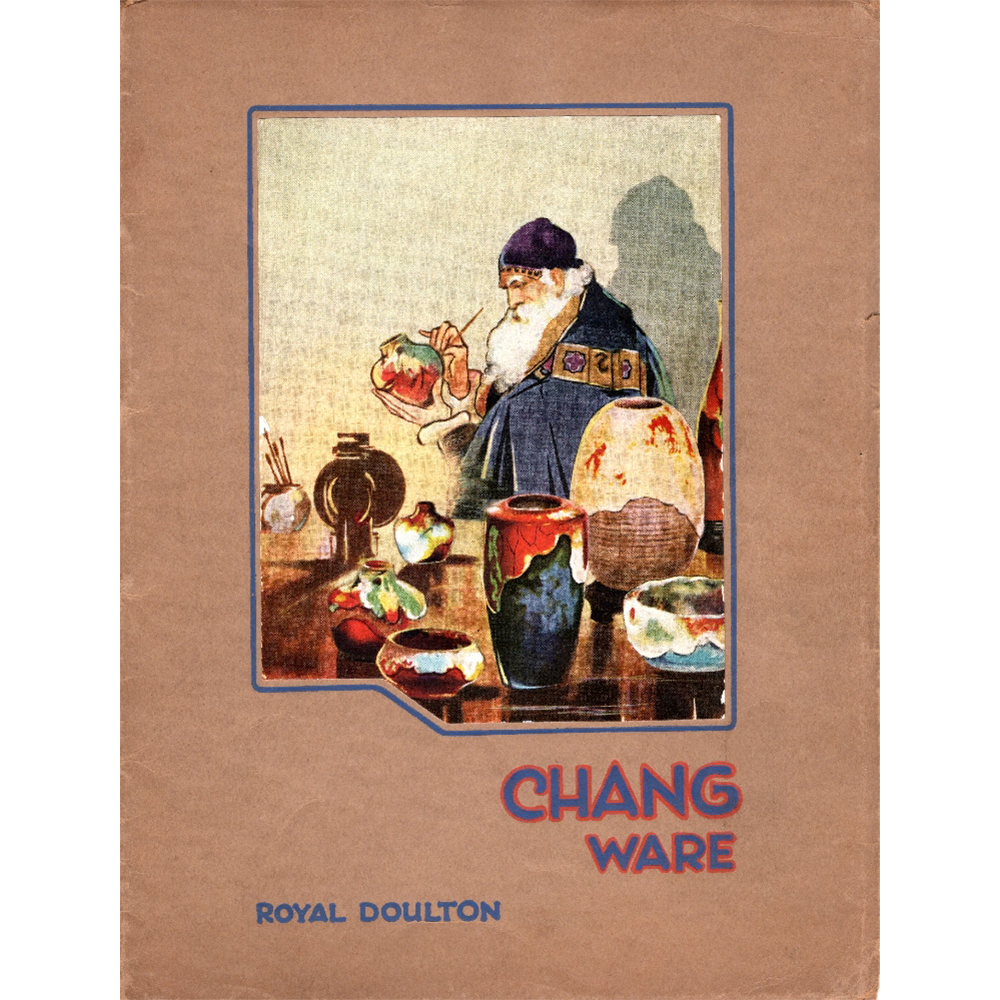
Royal Doulton Chang Ware Catalog Cover

Royal Doulton Chang Ware Catalog
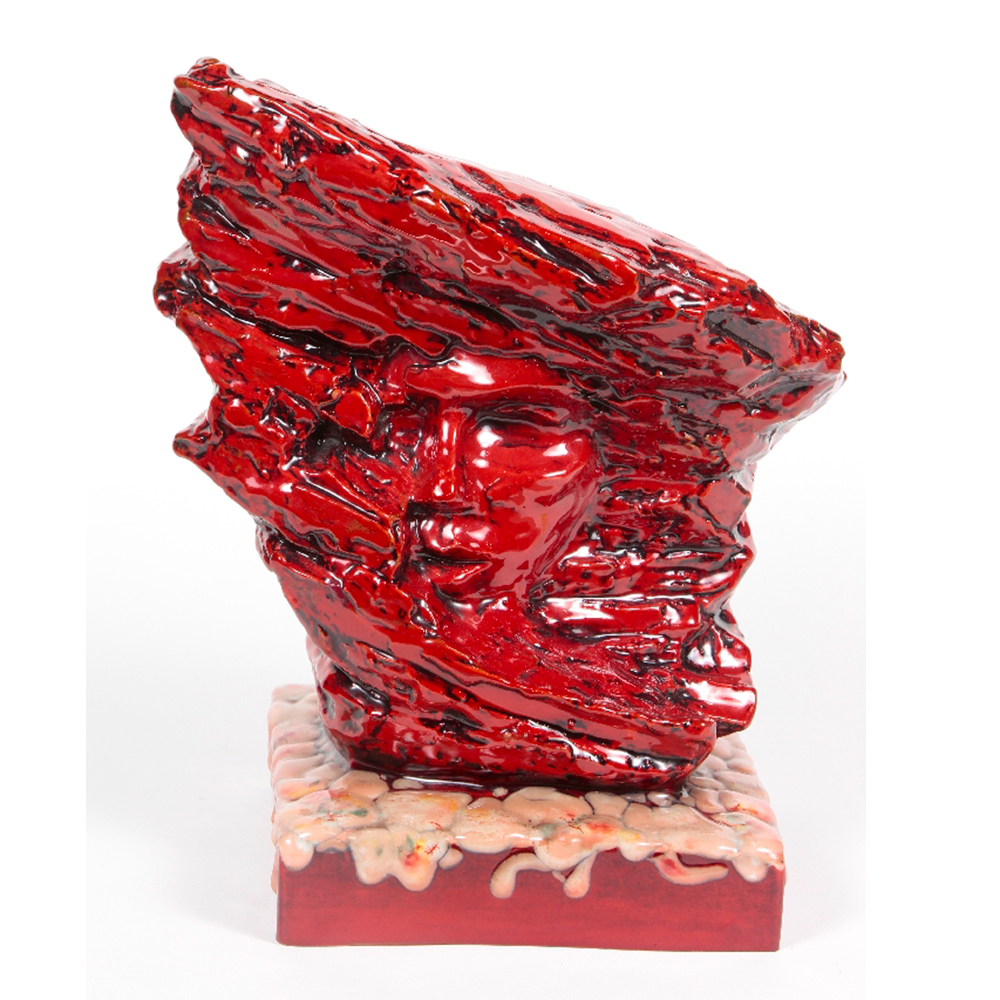
Royal Doulton Earth
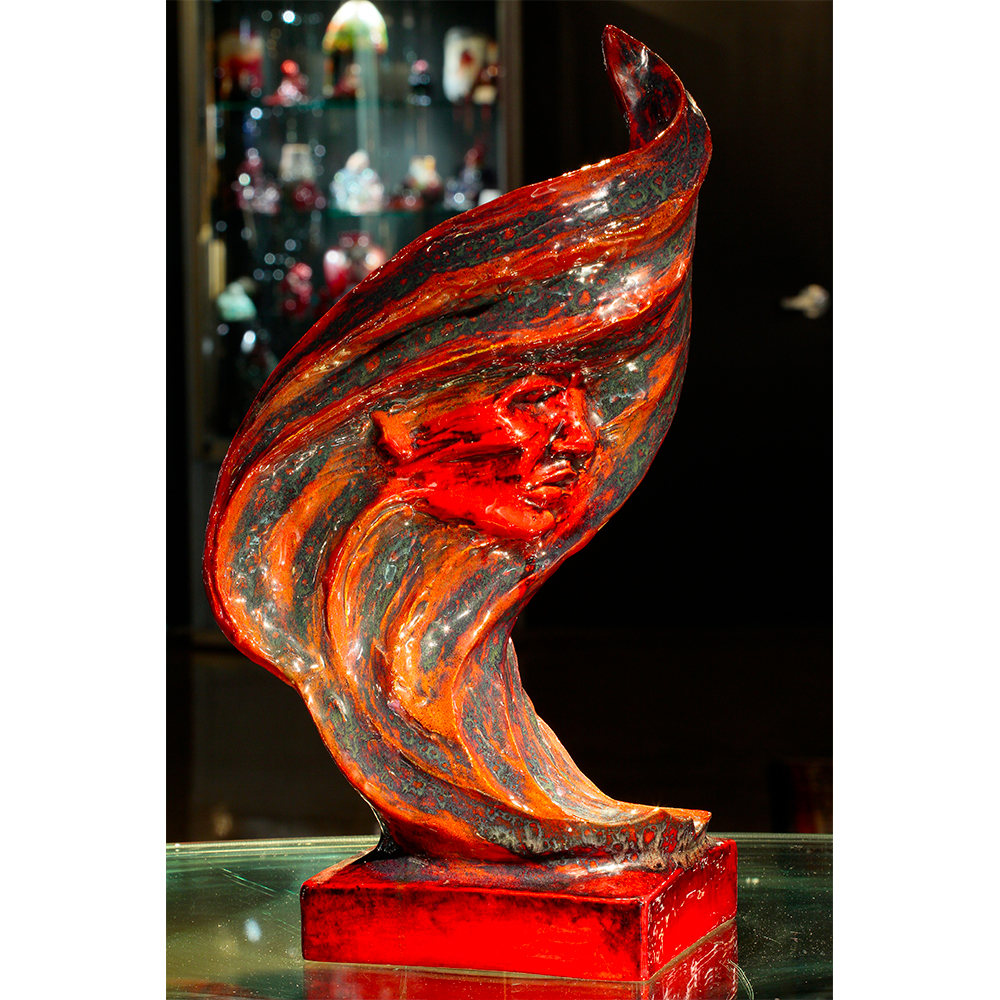
Royal Doulton Wind
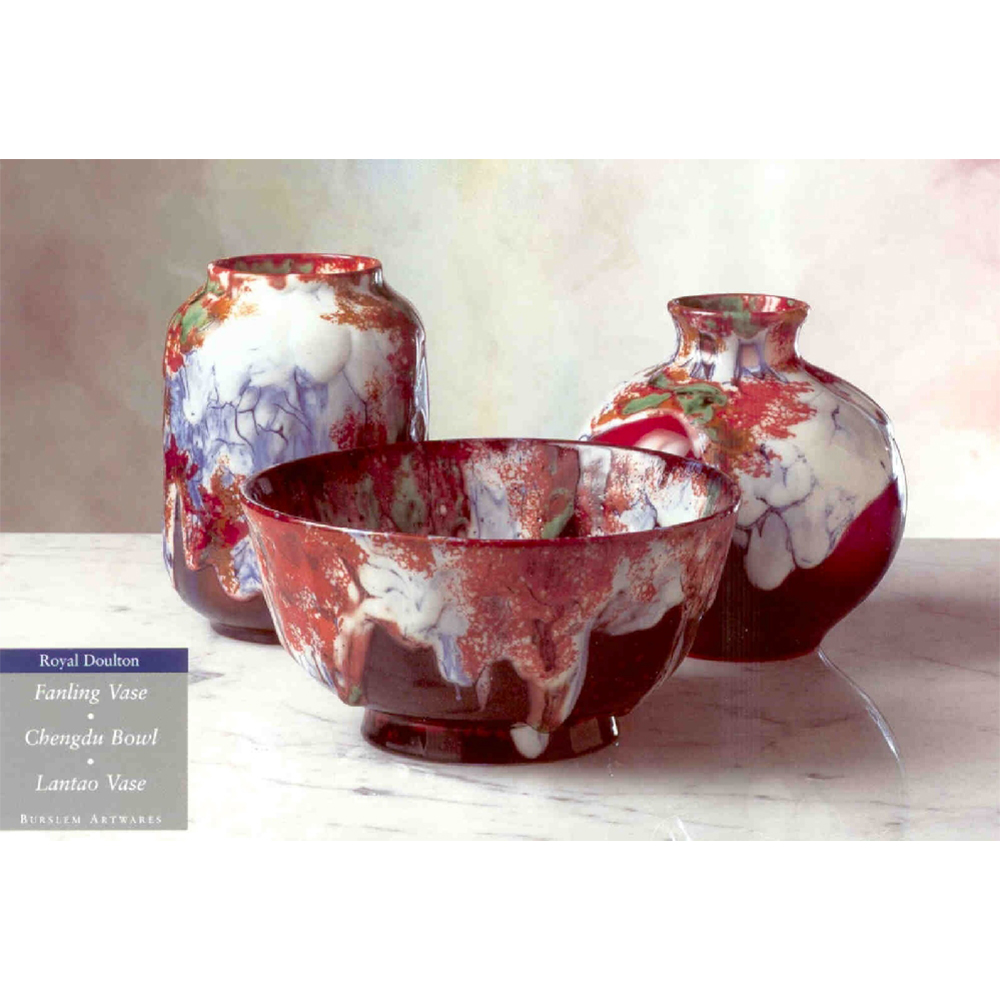
Royal Doulton Modern Chang
